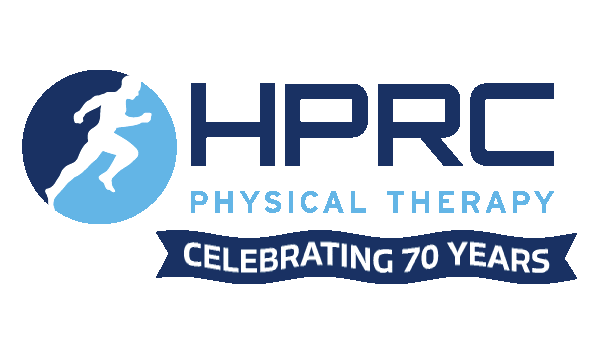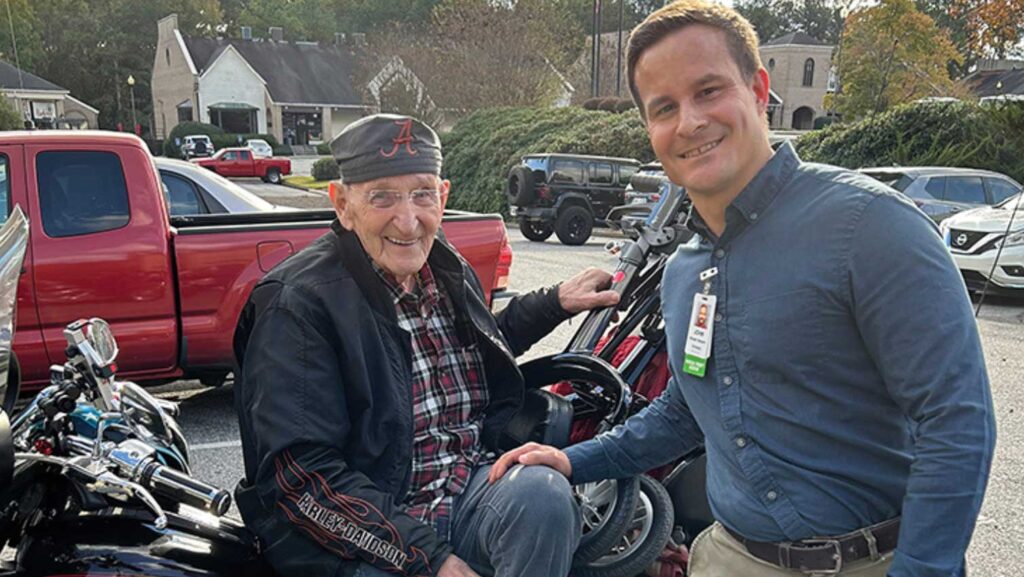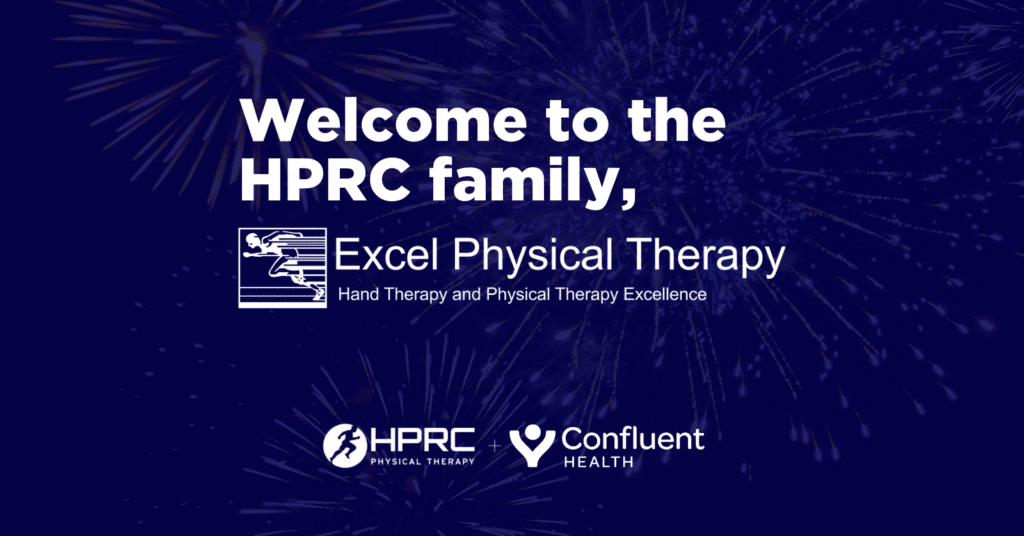Down Syndrome: What is it?
Down Syndrome is a common genetic disorder in which a person has an extra chromosome. This extra chromosome affects how a baby is formed in Utero and produces a wide array of physical delays throughout childhood development.
What does it look like?
Some of the physical impairments commonly seen with Down Syndrome Include:
- Hypotonia: Low muscle tone causing weakness
- Joint Laxity: Loose joints causing increased risk of dislocation
- Poor Balance
- Poor Coordination
- Delay in Gross Motor Milestone Development: Research shows that children with Down Syndrome will reach their motor milestones at a later age. For example, 78% of children will sit independently at 18 months, and 92% of children will walk at 36 months.
How Can Physical Therapy Help People with Down Syndrome?
Physical Therapists are trained to help children with Down Syndrome by improving their strength, balance and coordination, and through these improvements achieve motor milestones.
Strengthening: Physical Therapists can implement an early intervention strengthening program beginning at birth. The focus of PT will be to begin to improve neck and trunk strength in order to improve head control and help children learn to hold their head up, roll over, and sit independently. As time and age develop, goals will change to improve the strength and motor control to crawl, pull up, cruise along surfaces, and walk independently.
Balance and Coordination: As important as it is for kids to be strong enough to meet their milestones, it is equally important that they have the balance and coordination to execute the movements. Physical Therapist can begin to train a child’s balance and coordination at an early age by encouraging them to reach for toys, turn to look at things, and sitting and standing on unsteady surfaces to further challenge their balance reactions.
Promote Milestone Achievement: Improving strength and coordination in children with Down Syndrome will be the first step in promoting milestone achievement. Physical Therapists also promote further milestone achievement by implementing practice with jumping, running, skipping, stair climbing, ball skills, and more.
Physical Therapists are able to look at movement as a whole and break it down to identify where the movement impairments exist. By identifying the impairments, PT can set and address movement goals that will help children with Down Syndrome meet milestones to be able to participate in daily activities, sports, and anything else they set their minds to!
Learn more about the PT behind this article, Shelbi Moxley, PT



